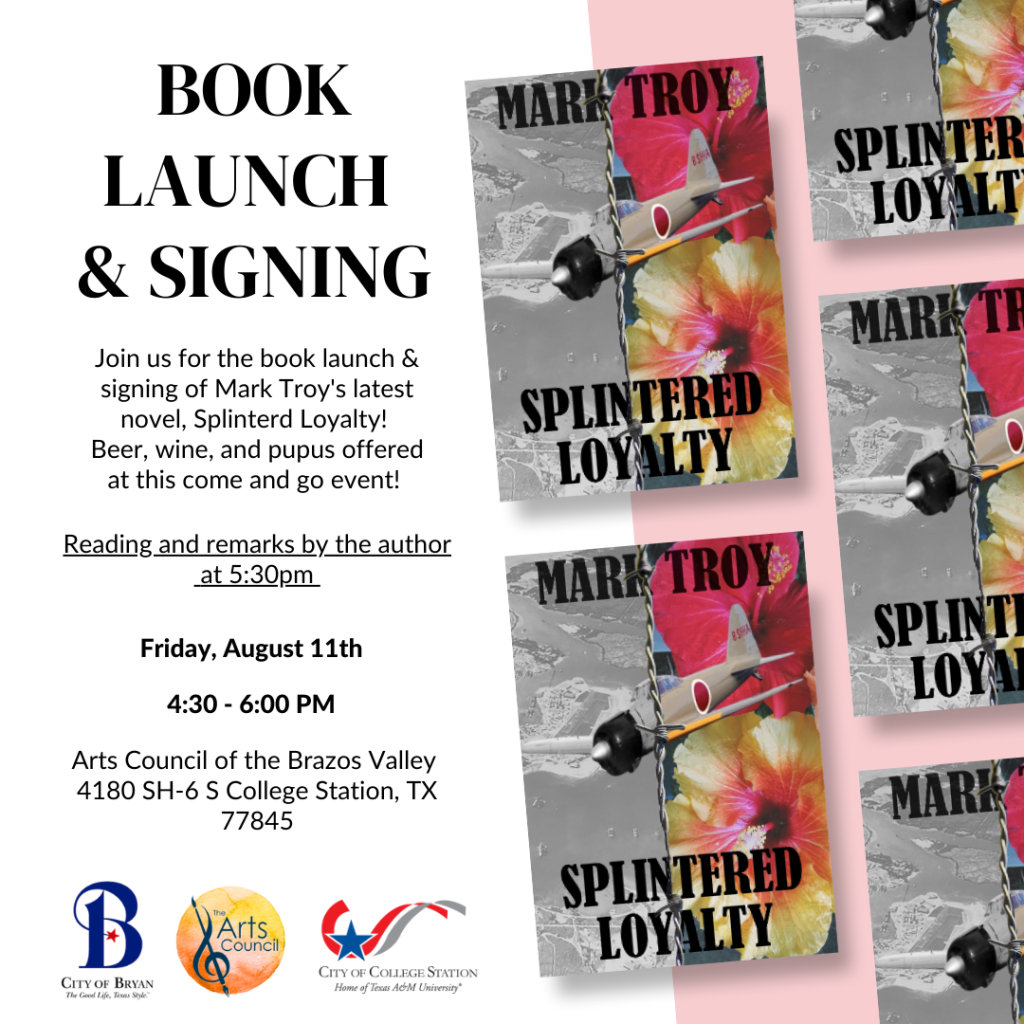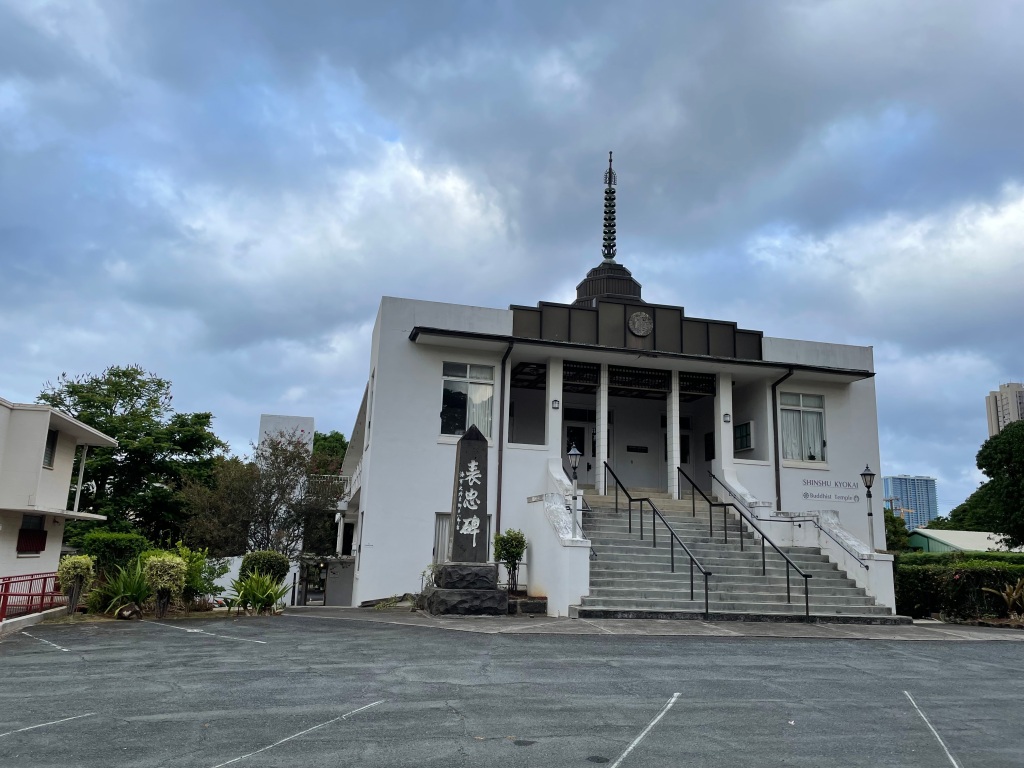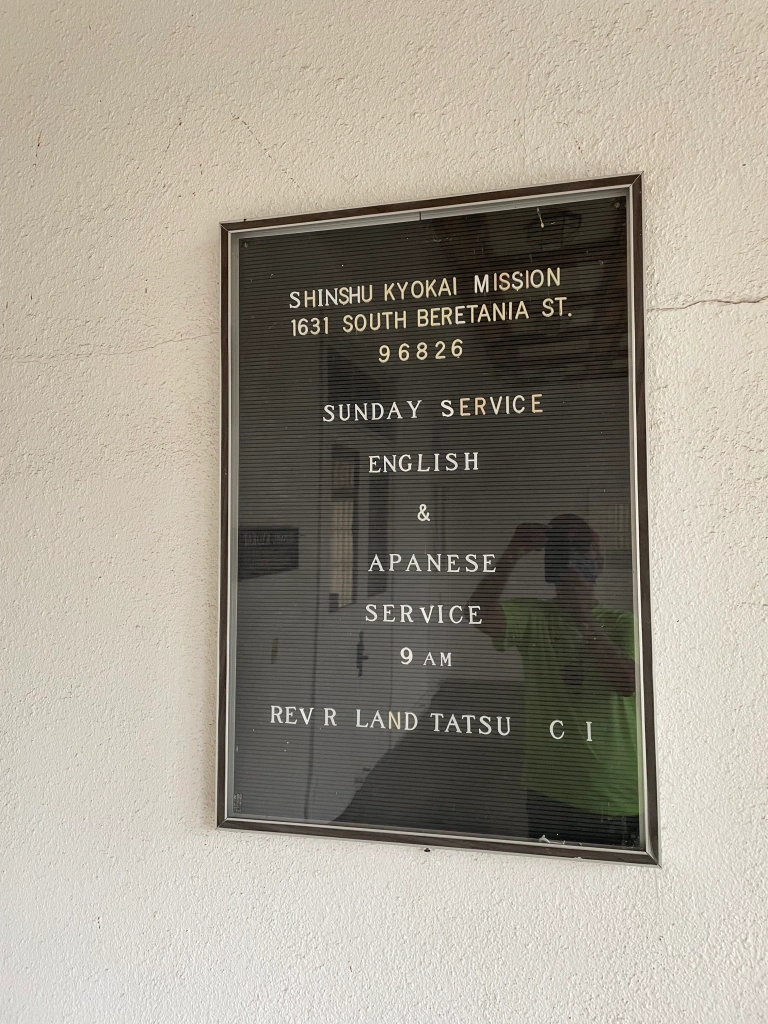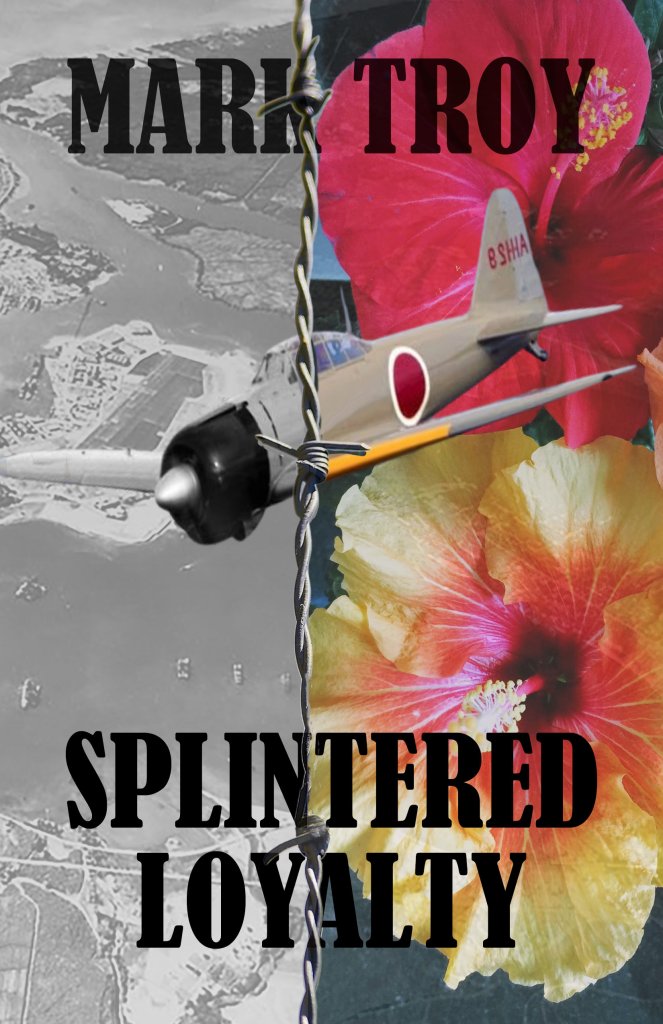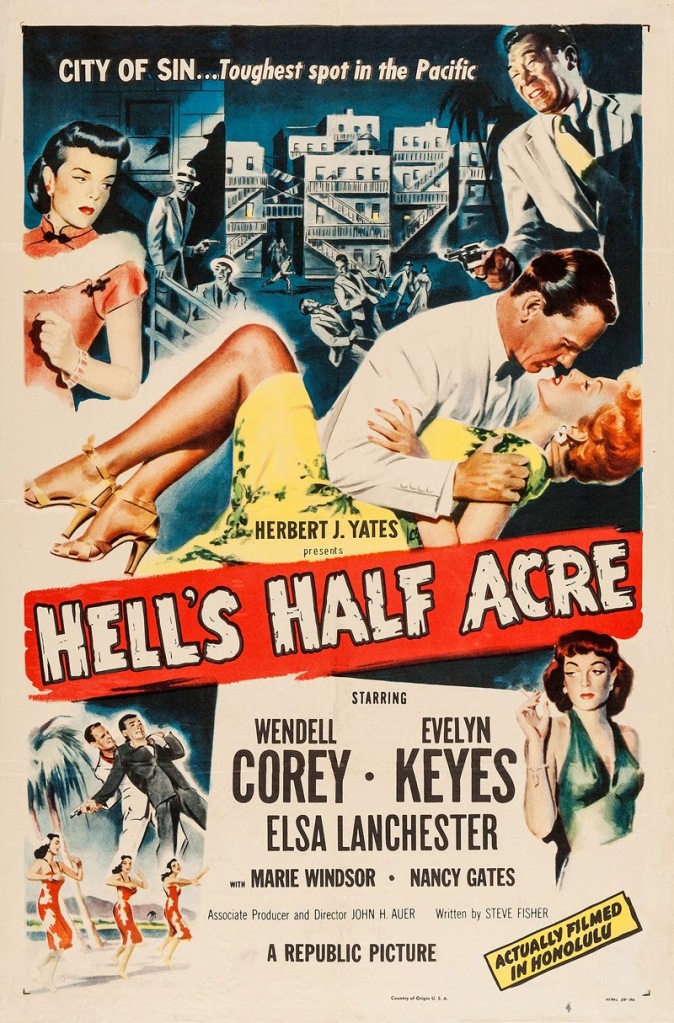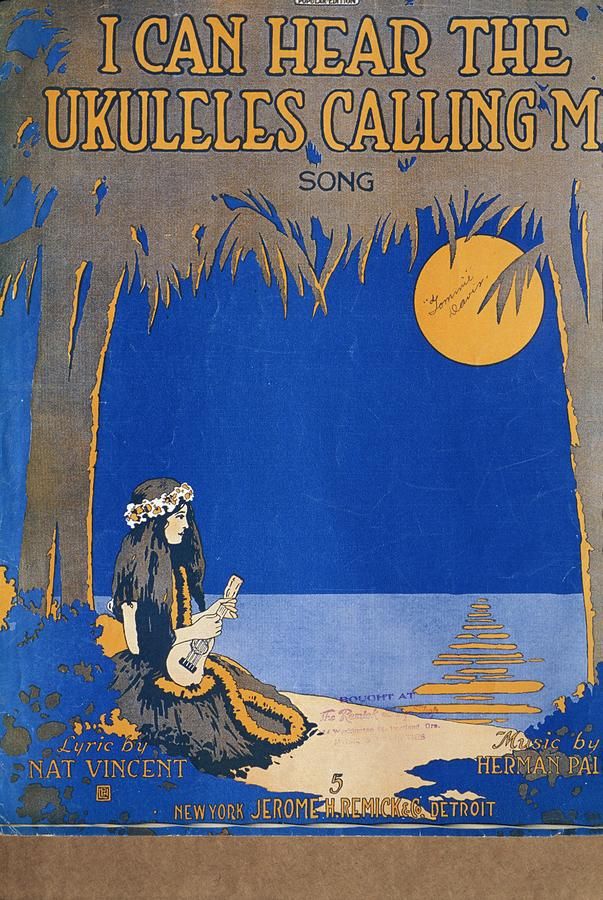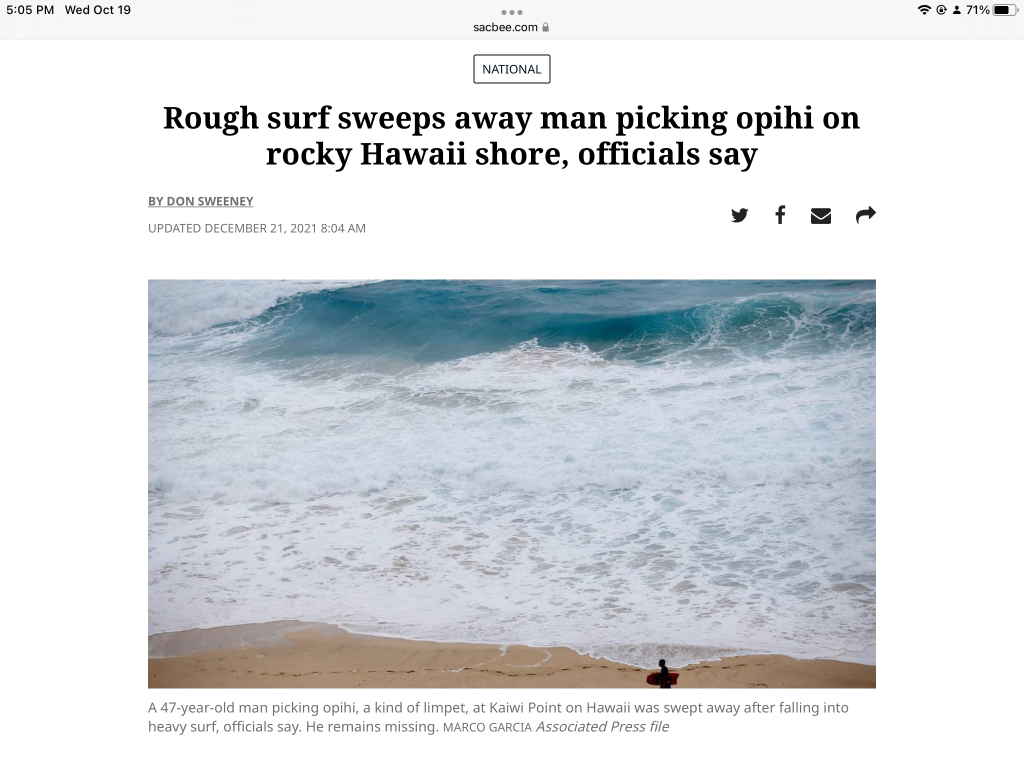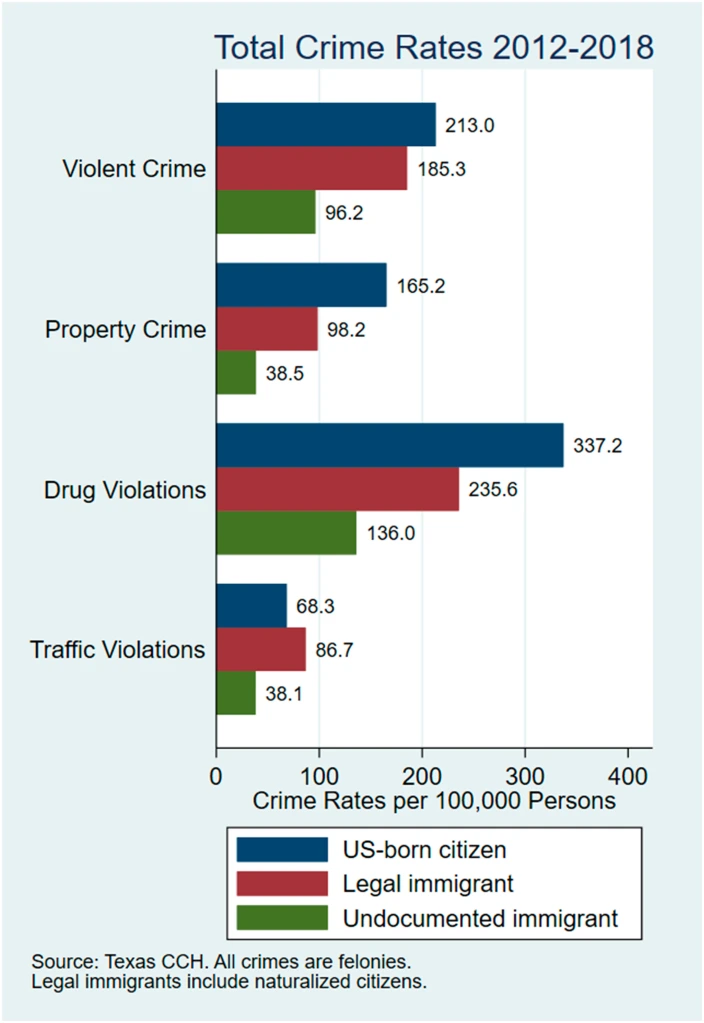The wildfire on Maui was devastating for our friends there, for the state, it’s culture and history. Lahaina, originally a small fishing village, holds significance to Hawaii, as it was chosen by King Kamehameha II to be the revered royal capital of the Hawaiian Kingdom from 1820-45. Today, the Lahaina wildfire is now the deadliest in U.S. history in more than a century. We are learning more and more each day about the devastation there. What is clear is that the people of Maui need help from all of us. Here are ways you can help.
There are multiple Go Fund Me campaigns.
I encourage you to donate to our friends in the Slack Key Ohana: https://gofund.me/2f590504
There are a lot of music and food fundraisers this weekend and throughout the weeks ahead. Here are some ways you can help and enjoy great music and food at the same time.
Kōkua Maui Festival
Friday, Aug. 18, 8 p.m. – Saturday, Aug. 19, 1 a.m.
Hosted by Hawai‘i’s Finest, the Kōkua Maui Festival will feature David Grace, B.E.T., High Watah and Chardonnay. 100% of ticket proceeds will be donated to Maui ‘ohana, and BAMP will donate $1 per drink sold. Doors open at 8 p.m., and music starts at 9 p.m.
18+, $30 pre-sale online, $40 at the door, The Republik, 1349 Kapi‘olani Blvd., hifinest.com, @hawaiisfinestclothing
Wiwo‘ole Maui Benefit Concert
Saturday, Aug. 19, 12:30–3:30 p.m.
Local musicians and hālau are uniting to help raise disaster relief funds and spread the healing power of mele. Participating artists include Amy Hānaiali‘i, Kalani Pe‘a, Kanekoa, Kimié Miner and Raiatea Helm. The concert will be livestreamed from the Grand Wailea, A Waldorf Astoria Resort, on the ‘Āina Momona website and participating artists’ social media. Proceeds will benefit ‘Āina Momona and the Hawai‘i Community Foundation’s Maui Strong Fund.
Livestreaming, kaainamomona.org, @ainamomona
Wiwoʻole #MauiStrong is dedicated to raising essential disaster relief funds urgently needed to support and sustain the victims of the Aug. 8 Maui wildfires that affected communities across the island and devastated the historic town of Lahaina.
Dozens of Austin restaurants participating in Saturday, August 19, fundraiser for Maui fire relief
Austin food blogger Amanda Wong, who operates the website austinfoodadventures.com and the very popular Instagram account of the same name, had intended to visit Maui for the first time in September.
When the historic wildfires devastated the island and lead to the highest death toll of any U.S. wildfires in more than 100 years, Wong felt helpless as she watched the news and YouTube videos of what the fire had wrought. And then inspiration struck.
After canceling her trip, she started reaching out to the local restaurants she documents and celebrates on her sites, and rallied them to create Dine with Maui. The group of more than three dozen restaurants, serving everything from Hawaiian food to burgers, will donate from 5% to 10% of their proceeds on Saturday to the Maui Food Bank. The event follows the model Wong created with Dine with Ukraine in 2022, which raised $50,000 for war relief efforts.
Maui Ola: A Benefit Concert for Maui
Sunday, Aug. 20, 5–9 p.m.
Show aloha for Maui during this fundraising concert that will feature Hawaiian Style Band, Pure Heart, Jerry Santos, Raiatea Helm, Paula Fuga, Kimié Miner, Anuhea, Del Beazley, the Hawaiʻi Symphony Orchestra and more musicians and cultural practitioners with meaningful ties to Maui. 100% of proceeds will benefit Maui through donation portals, including Maui United Way, Hawaiʻi Community Foundation, Hawai‘i People’s Fund and the Council for Native Hawaiian Advancement. You can watch the livestream on the HONOLULU Magazine website.
$20, Bishop Museum Great Lawn, 1525 Bernice St., mauiola.org
John Cruz and Johnny Helm Fundraiser Concert for Maui
Monday, Aug. 21, 6 p.m.
Gather with the community at Talk Kaimukī for a glass of wine and comforting music by John Cruz and Johnny Helm. Wine service by Chambers & Chambers Wine Merchants is included with a minimum $40 donation at the door. 100% of the proceeds will be donated to Maui relief funds.
$40 minimum donation, Talk Kaimukī, 3601 Waialae Ave., talkkaimuki.com, @talkkaimuki
Music for Maui
Tuesday, Aug. 22, 7:30 p.m.
This three-course dinner and concert event hosted by the Hawai‘i Chamber Music Festival, Stage Restaurant & Amuse Wine Bar and The Wish Makers of Hawai‘i will benefit the the Hawai‘i Community Foundation’s Maui Strong Fund. The concert will start during the dessert course.
$350 for dinner for two, Stage Restaurant & Amuse Wine Bar, 1250 Kapiolani Blvd., stagerestauranthawaii.com, @stagerestaurant, @hawaiicmf
Henry Kapono is celebrating 50 years of C&K or Cecilio and Kapono, the iconic island rock duo. That’s not all! This year, it’s the 30th anniversary for Duke’s on Sunday, Hawaiߵi’s longest-running and beloved live music event in one location. Kapono also continues to share his music and support Hawaii’s music community through the Henry Kapono Foundation, which reached its 5th year on the date. The foundation’s mission is to “Support the music and arts community by giving with Aloha.” These three major milestones is built with continuous leadership, and community support. The concert will be happening at the Waikiki Shell on August 26, 2023.
Henry Kapono Ka‘aihue is supporting Maui’s professional musicians directly through the Henry Kapono Foundation. The foundation’s We Are Friends Maui Emergency Relief Initiative will provide $500 Foodland gift cards to music industrial professionals who have been directly impacted by the Maui wildfires.
The legendary Keola Beamer and Jeff Peterson join with Tom Thomas Vendetti for a benefit for Lahaina August 27 at 3p at the McCoy theater at the MACC on Maui
Hana Hou Festival
Friday, Sept. 8, and Saturday, Sept. 9, 7:30 p.m.
Heal through music at the inaugural Hana Hou Festival helmed by Jake Shimabukuro. Featured musicians include Mick Fleetwood, The Jets, Girl Named Tom, Keiko Matsui, Pure Heart, Raiatea Helm, Kimié Miner and Brother Noland. Profits from the two-day event and all donations will be given to the Hawai‘i Community Foundation’s Maui Strong Fund.
$65–$150, $50 livestream, Hawai‘i Theatre, 1130 Bethel St., hanahoufest.com, @hawaiitheatre
In early September, ukulele virtuoso Jake Shimabukuro will donate the profits from his two-night Hana Hou Music Festival at Hawaii Theatre to the Hawaiʻi Community Foundation Maui Strong Fund. Joining Shimabukuro and his band on Sept. 8 are Mick Fleetwood, The Jets, Pure Heart, Raiatea Helm, Kawika Kahiapo and Jeff Peterson.
On Sept. 9, the roster changes: Shimabukuro, Fleetwood, Keiko Matsui, Girl Named Tom, Connor Johnson, Kimie Miner, Brother Noland and Mark Yamanaka are slated to perform.
Showtimes for both nights are 7:30 p.m. Hawaii time; both shows will be livestreamed worldwide.
Additional donations received during the festival will also be forwarded to the Maui Strong Fund.
Visit hanahoufest.com or hawaiitheatre.com.
Hale ‘Aina Celebration: Whimsical Wonderland
Saturday, Sep. 9, 6–9 p.m.
Step into a Whimsical Wonderland at the 40th anniversary Hale ‘Aina Celebration presented by First Hawaiian Bank Priority Destinations World Elite MasterCard. This event unites our restaurant winners, including 100 Sails Restaurant & Bar, Arancino at the Kāhala, Kapa Hale, Miro Kaimukī, MW Restaurant, Tim Ho Wan and The Seaside. VIPs can enter early at 5 p.m. 10% of ticket sales will go to the Hawai‘i Community Foundation’s Maui Strong Fund.
$150–$225, Hawai‘i State Art Museum, 250 South Hotel St., honolulumagazine.com, @honolulumag

